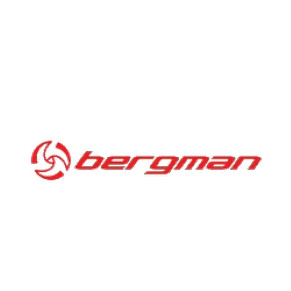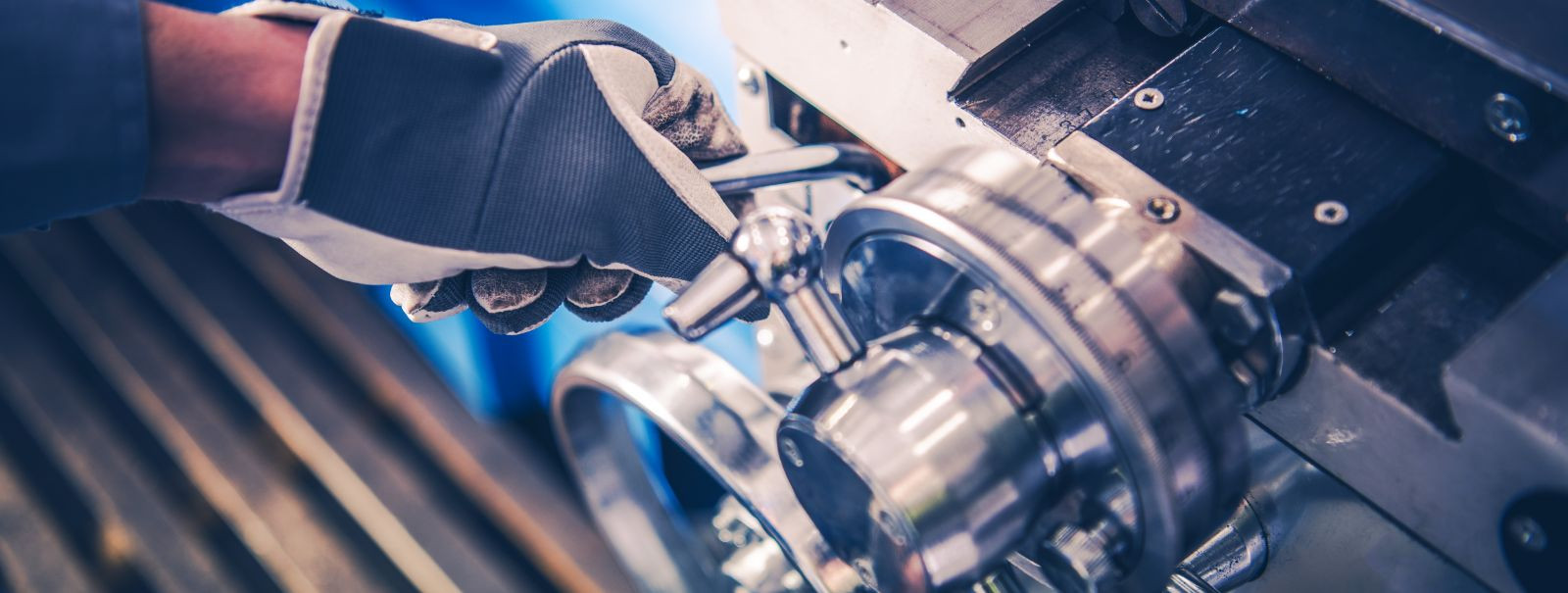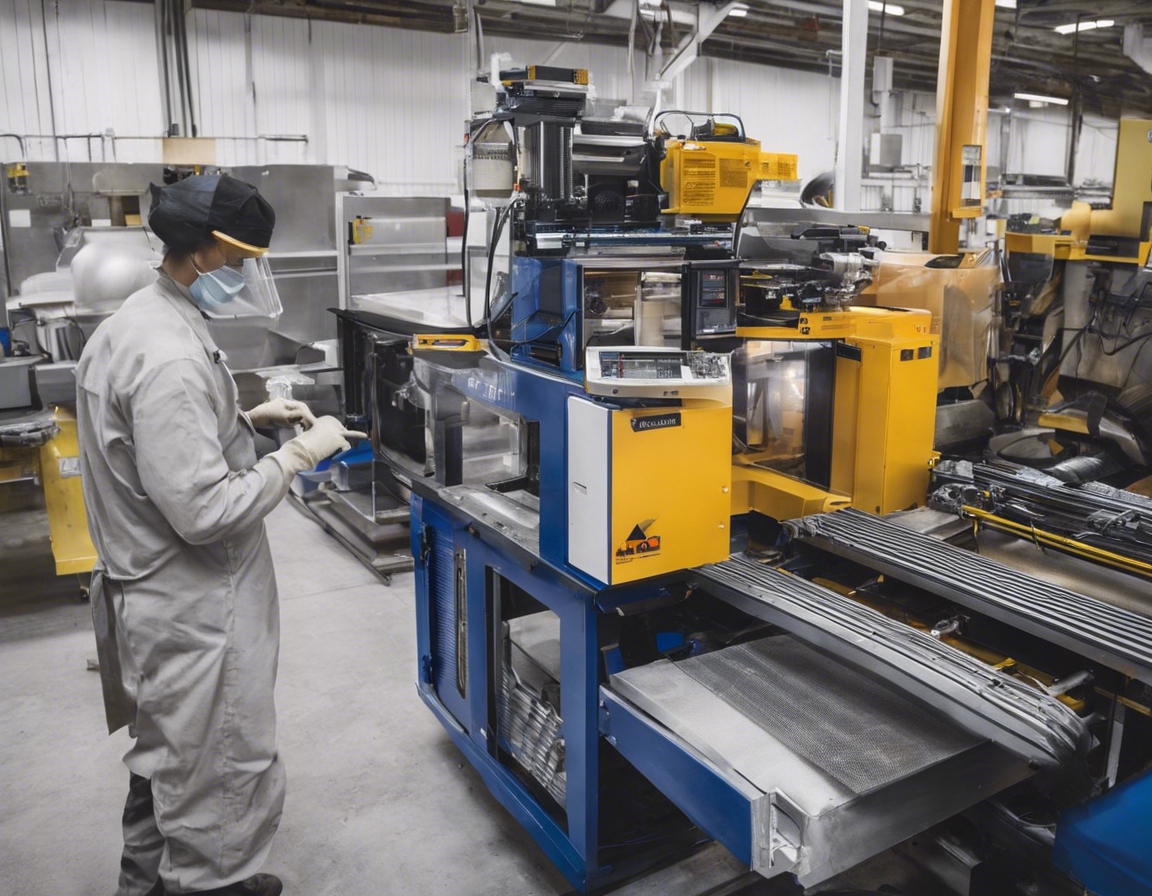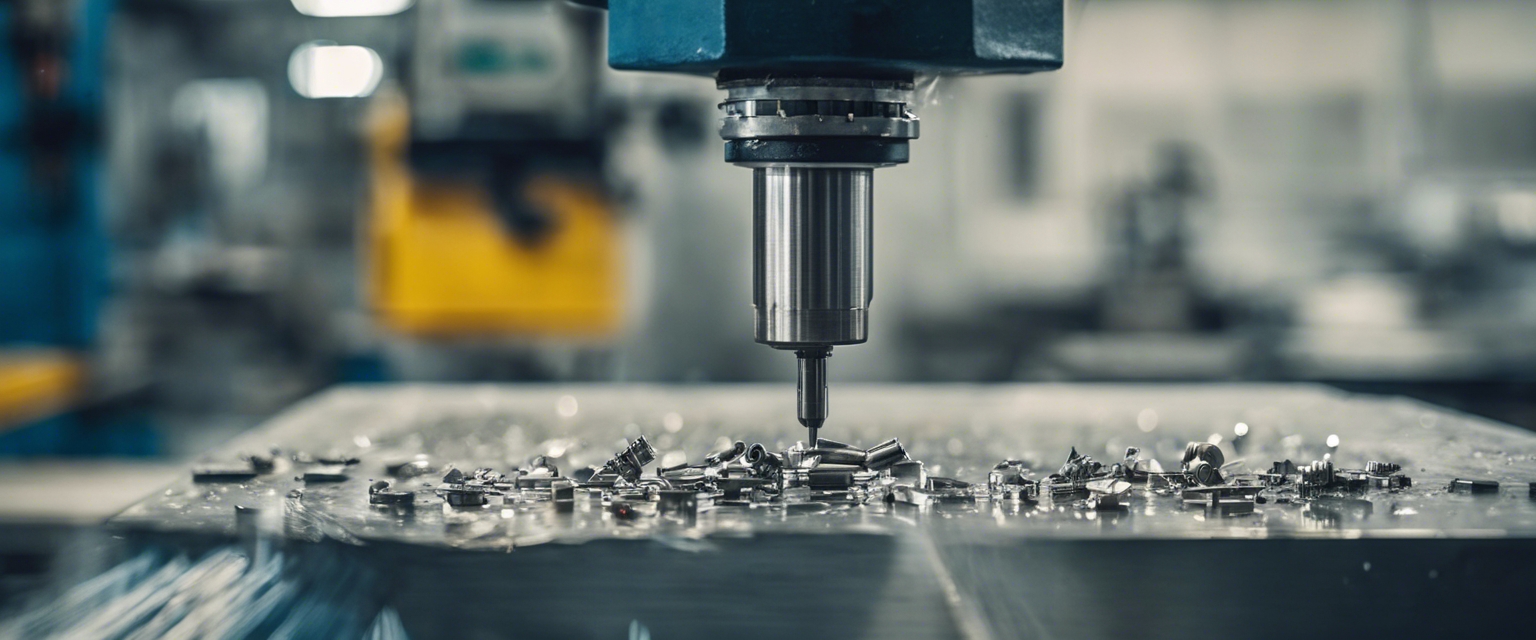5 ways cnc machining is revolutionizing manufacturing
CNC (Computer Numerical Control) machining is a manufacturing process where pre-programmed computer software dictates the movement of factory tools and machinery. The process can be used to control a range of complex machinery from grinders and lathes to mills and routers. With CNC machining, three-dimensional cutting tasks can be accomplished in a single set of prompts. The technology was developed in the late 1940s and early 1950s, based on the earlier practice of numerical control (NC), which required punched tape cards.
The manufacturing industry is currently experiencing a transformative phase with CNC machining at its forefront. Innovations in CNC technology are enabling manufacturers to produce parts with increased efficiency and precision. The integration of CNC with advanced software and robotics is setting new standards in manufacturing.
1. Enhanced Precision and Consistency
Precision is paramount in manufacturing, especially in industries such as aerospace, automotive, and medical devices where the slightest deviation can lead to product failure. High precision in manufacturing ensures reliability, safety, and longevity of the products.
CNC machines are renowned for their precision and consistency. The digital template and autonomous machining of CNC virtually eliminate human error and ensure that every part is produced with exacting accuracy, which is critical for high-quality manufacturing.
2. Complex Geometries and Intricate Designs
Traditional manufacturing methods often fall short when it comes to creating complex geometries and intricate designs due to the limitations of manual tooling and machining.
CNC technology shines in its ability to produce complex shapes that would be almost impossible to achieve with manual machining. With advanced CAD (Computer-Aided Design) software, CNC machines can create detailed and intricate parts with high levels of complexity.
3. Increased Automation and Efficiency
Automation in CNC machining not only speeds up production but also reduces the chances of human error, leading to a more consistent and reliable output.
The integration of CNC machines into the manufacturing process streamlines production by allowing for continuous operation and reducing the need for manual intervention. This efficiency translates into faster turnaround times and cost savings.
4. Material Versatility and Innovation
CNC machines are capable of working with a diverse range of materials, from metals and plastics to composites and more, enabling manufacturers to explore new material combinations and applications.
The versatility of CNC machining allows for the creation of parts with properties that are tailored to specific applications, fostering innovation in product development.
5. Customization and Rapid Prototyping
As markets move towards more personalized products, CNC machining offers the flexibility to easily alter designs and produce small batches of customized parts without significant cost penalties.
Rapid prototyping with CNC machining accelerates the design process by allowing quick iterations and testing of prototypes, thus reducing the time to market for new products.






Comments (0)